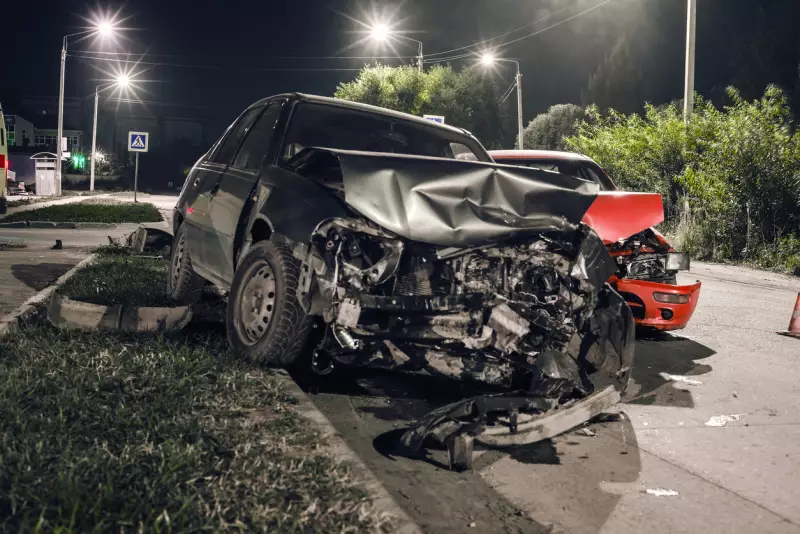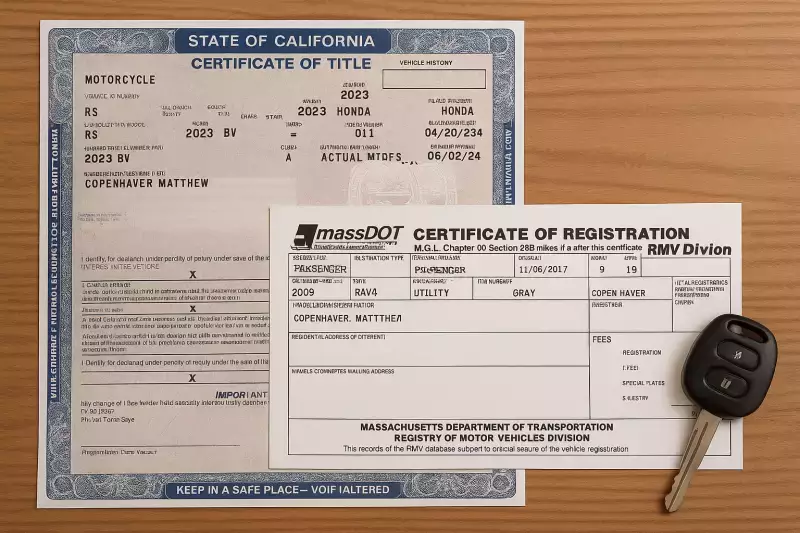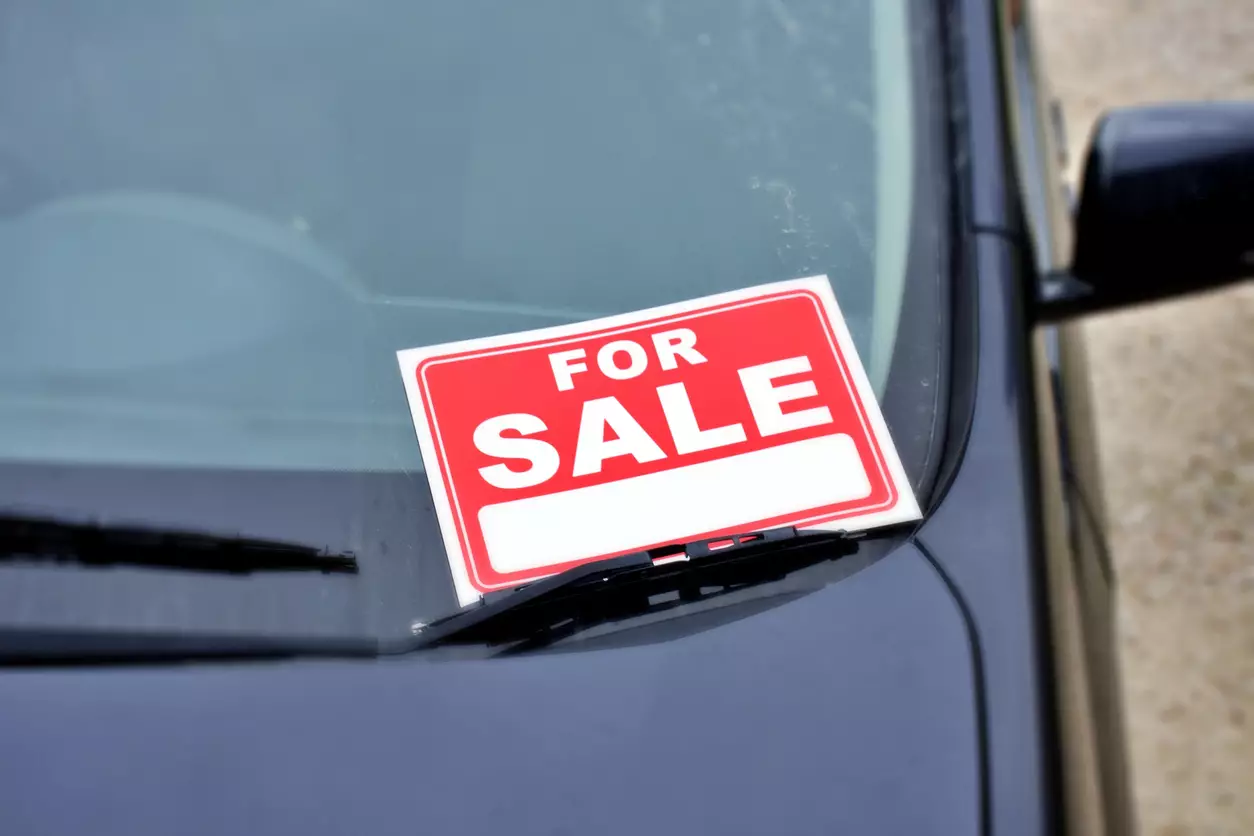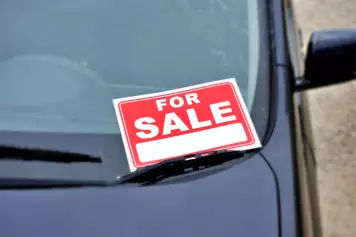A write-off is most often associated with an insurance company that has determined a vehicle is a total loss after an accident. An insurance write-off or total loss means the value of a damaged vehicle far outweighs its value. If there is a recorded lien, such as the loan to buy the car, a payout from the insurance company goes to settle any remaining debt.
Once the insurance company has made its determination of the damaged vehicle, it can be given a salvage or rebuilt title status.
- A salvage title is given to any vehicle that is a total loss from an accident and deemed as having no value by an insurance company.
- Rebuilt titles are total loss vehicles with a salvage title, but have since been repaired and made roadworthy.
In the United States, there are over 60 different title brands a vehicle can have, depending on the state. Title brands are official designations for a vehicle in various conditions, history, or restrictions. Some states allow up to nine brands on a single title. Each brand is designed to give buyers information about potential risk.
In contrast, UK insurance firms use different categories to classify a write-off for the severity of damaged cars. These categories (A, B, S & N) serve the same purpose as the title brands for the United States. The number of UK insurance categories has since been reduced from six to four.
Whether in the United States with a salvage title or in the UK with a category A (scrap), the purpose is to provide complete transparency to the consumer when trying to make an informed decision on a vehicle.

What Does Cat A, B, S, or N Mean In UK Car Insurance?
In the UK, write-offs occur when a car is damaged beyond repair and the insurance company deems the vehicle is unsafe to ever be on the road again. Or, the cost to repair the damage is 50% more than the vehicle is worth.
Category A - Scrap Only
Cars that are written off as Category A (scrap only) are so severely damaged as to become unrepairable. These types of cars and trucks must be crushed by law, with no parts being salvaged, and cannot be repurchased. Examples of these vehicles include a complete burnout, destructive vandalism, and catastrophic collisions. Insurers will issue a dollar amount equal to the ACV (actual cash value).
Category B - Break for Parts
A Category B – (break for Parts) designates a destroyed vehicle. However, some parts may be reused or resold. A Category B means the car has sustained such severe damage that it must be crushed according to the law.
Unlike a Category A (scrap) vehicle, a Category B vehicle may have parts that are salvageable and reused. These parts may include a gearbox, rotors, and other mechanical components.
Category S - Repairable, But Uneconomical
A Category S (repairable – but uneconomical) designation means the car has sustained severe damage but could be repaired and returned to the road. However, the cost of repairs can be significantly higher than the ACV. Category S sustained damage may include a collapsed crumple zone, a twisted or bent frame, or structural damage to the frame. After the insurance evaluation, the cost of repairs is significant, making it uneconomical to repair.
In October of 2017, to better reflect the true nature of vehicle damage, Cat C was replaced by Cat S. The change was aimed at shifting the focus from repair costs to the actual damage to the vehicle.
Category N - Repairable, Less Severe Damage
The Category N (repairable- less severe damage) deems a vehicle is repairable, but the costs to return the car to the road safely may be higher than the ACV. A Category N could lead to an Insurance write-off. The Cat N designation means the car’s frame and chassis remain intact; however, any non-structural damage, such as fenders, doors, and side panels, can be repaired. Examples of the damage may include electrical issues, dents, and scratches.
In 2017, Category D was replaced by Category N to designate a vehicle that has been written off due to non-structural damage.
Changes to insurance categories were made to better reflect the actual damage to their vehicles and not the cost to repair.
If your car or truck has been written off due to a severe accident, the insurance company will evaluate the vehicle before any damage has occurred. It is vital for the owner to make the insurance company aware of any significant changes made to the car prior to the accident, such as adding a new battery or other new engine parts. These additions add value to the base cost of your vehicle.
With any car financed, it is essential to consider Gap Insurance. This valuable add-on pays for the difference in the value of your vehicle and what is left on the payoff of your loan. If you are unfortunate enough to get into a severe accident, your loan is paid off.
The age-old question keeps coming up: Should I buy a salvage title or a Cat A vehicle? In a word, NO!. These vehicles may look like they have been repaired, but when a car goes through an intense shock to its system, there will always be unseen parts and systems that are out of alignment. The aftershocks in the form of wheel alignment and leaks may not appear until months later.
Insurance Write-Off Categories
| Category | Type of Damage | Can It Be Repaired? | Are Parts Reusable? | Driven Again? |
| Cat A | Total loss with extreme damage (e.g., fire or crash); beyond salvage | âÂÂŒ No | âÂÂŒ No | âÂÂŒ No |
| Cat B | Severe structural damage; not roadworthy | âÂÂŒ No | ✅ Yes (mechanical/body parts) | âÂÂŒ No |
| Cat S | Structural/frame damage (e.g.,chassis bent) | ✅ Yes (if professionally repaired) | ✅ Yes | ✅ Yes (after inspection and repair) |
| Cat N | Non-structural damage (e.g., electrical, cosmetic, or interior issues) | ✅ Yes | ✅ Yes | ✅ Yes |








![Best Sites to Check a Car’s History [2025 Review]](https://media.infopay.net/thumbnails/K8lMeG2QLjE46LPqZlmoi6SunKKdT5qvlaRZk6e1.webp)










![Best Sites to Check a Car’s History [2025 Review]](https://media.infopay.net/thumbnails/K8lMeG2QLjE46LPqZlmoi6SunKKdT5qvlaRZk6e1-w356.webp)
